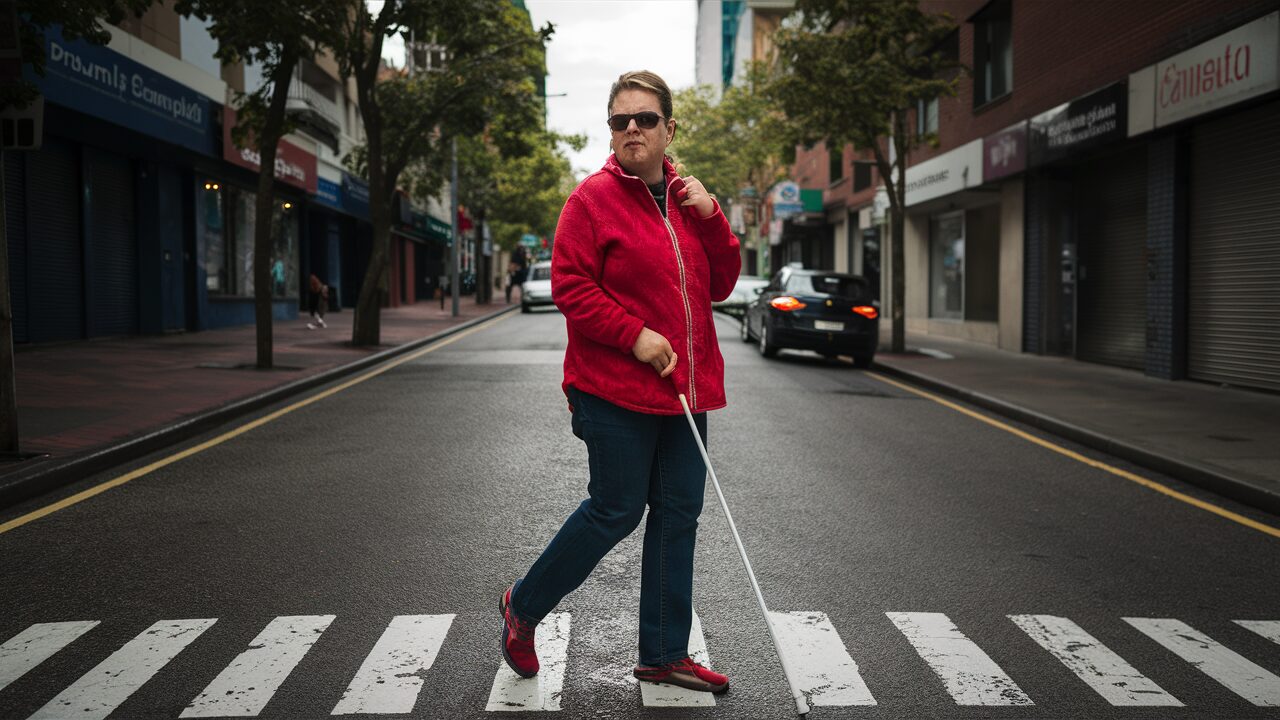Advocating for More Blind Charities Globally: A Path to Empowerment
Despite advancements in global human rights and accessibility, the blind and visually impaired community continues to face significant challenges, especially in developing countries. These challenges range from limited access to education and employment to physical and social barriers that hinder their integration into society. However, there is a growing need to create more blind charities globally. These organizations can help alleviate the struggles of visually impaired individuals, empowering them to lead independent and fulfilling lives. In this article, we will explore the importance of increasing the number of blind charities and the positive impact they have on individuals, families, and communities.
1. Understanding the Challenges of the Visually Impaired Community
The visually impaired community comprises millions of people worldwide, many of whom are unable to access the services and support they need. Blind individuals often encounter physical obstacles like poorly designed infrastructure, inaccessible public transport, and inadequate living conditions. Social stigma and discrimination also play a significant role in limiting their opportunities.
Limited Educational Opportunities: In many parts of the world, blind children and adults struggle to access quality education. Braille books, assistive technologies, and trained educators are not always available. As a result, these individuals miss out on vital opportunities for intellectual growth and career advancement.
Lack of Employment Opportunities: Unemployment rates for blind individuals are disproportionately high due to societal prejudices and a lack of specialized training programs. This leaves many blind individuals in a state of poverty and dependency.
These are just a few examples of the systemic issues faced by the blind community. Establishing more blind charities can directly address these challenges and open doors for many who feel trapped in their circumstances.
2. The Role of Blind Charities in Empowering the Visually Impaired
Blind charities play an instrumental role in advocating for and supporting the blind community. Here’s how they can make a tangible difference:
Education and Skill Development: Many blind charities focus on providing accessible education through Braille, audio materials, and specialized teachers. Additionally, they can offer skill development programs such as IT training, mobility courses, and life skills that empower blind individuals to live independently.
Advocacy and Awareness: Charities can help raise awareness of the rights and needs of the visually impaired. They can also advocate for policies that promote inclusivity in education, employment, and public infrastructure. As public awareness grows, the stigma against blind people may diminish, leading to more opportunities for them.
Social Integration: Social isolation is a significant issue for blind individuals. Charities can create platforms for blind people to connect, share experiences, and participate in recreational and cultural activities. Such initiatives not only promote emotional well-being but also challenge the stereotypes surrounding blindness.
Provision of Assistive Technologies: Many blind charities are instrumental in providing access to advanced assistive technologies, including screen readers, Braille displays, and other tools that enhance the ability of blind individuals to interact with the world. By ensuring these resources are available, charities play a crucial role in breaking down barriers to communication and interaction.
3. Why Global Advocacy for More Blind Charities is Crucial
Currently, there are not enough charities worldwide specifically dedicated to supporting the blind community. Advocating for more organizations can provide several benefits:
Expanding Reach and Impact: By creating more charities globally, the reach of vital services can be expanded. This allows more blind individuals in remote and underserved regions to benefit from educational resources, employment support, and healthcare services.
Increasing Collaboration: More blind charities can also lead to more collaboration between local governments, healthcare providers, and advocacy groups. This network of support can contribute to creating more inclusive public policies that cater to the needs of blind individuals.
Changing Mindsets: Advocacy for blind charities helps in changing public perceptions. The more we see blind individuals thriving and achieving success, the more we challenge preconceived notions and biases. This can foster greater inclusion and acceptance within society.
4. How to Advocate for More Blind Charities
Advocating for the creation and expansion of blind charities involves several key steps:
Raise Awareness: Engage in campaigns that highlight the needs of the blind community. Social media, public speaking, and community events can serve as effective platforms to discuss the importance of these charities.
Collaborate with Existing Charities: Partner with established organizations to expand their reach. Support the programs that work towards providing better services and advocacy for blind people.
Encourage Government Support: Government funding and policies are essential for the sustainability of blind charities. By engaging with lawmakers and presenting the case for more support, advocates can ensure that resources are allocated towards services that aid the blind community.
Donate and Volunteer: If you’re passionate about the cause, consider donating your time, skills, or money to support blind charities in your region or globally. Every small contribution counts in making the world a more inclusive place.
Conclusion
Increasing the number of blind charities globally is not just about providing immediate support but about fostering long-term empowerment for blind individuals. Through education, advocacy, and the provision of necessary resources, these organizations can transform the lives of millions. It is imperative that we join forces in advocating for more blind charities (like Living Paintings blind charity), ensuring that the visually impaired community has the resources, opportunities, and platforms to thrive. By doing so, we pave the way for a more inclusive, compassionate, and equal world for all.





